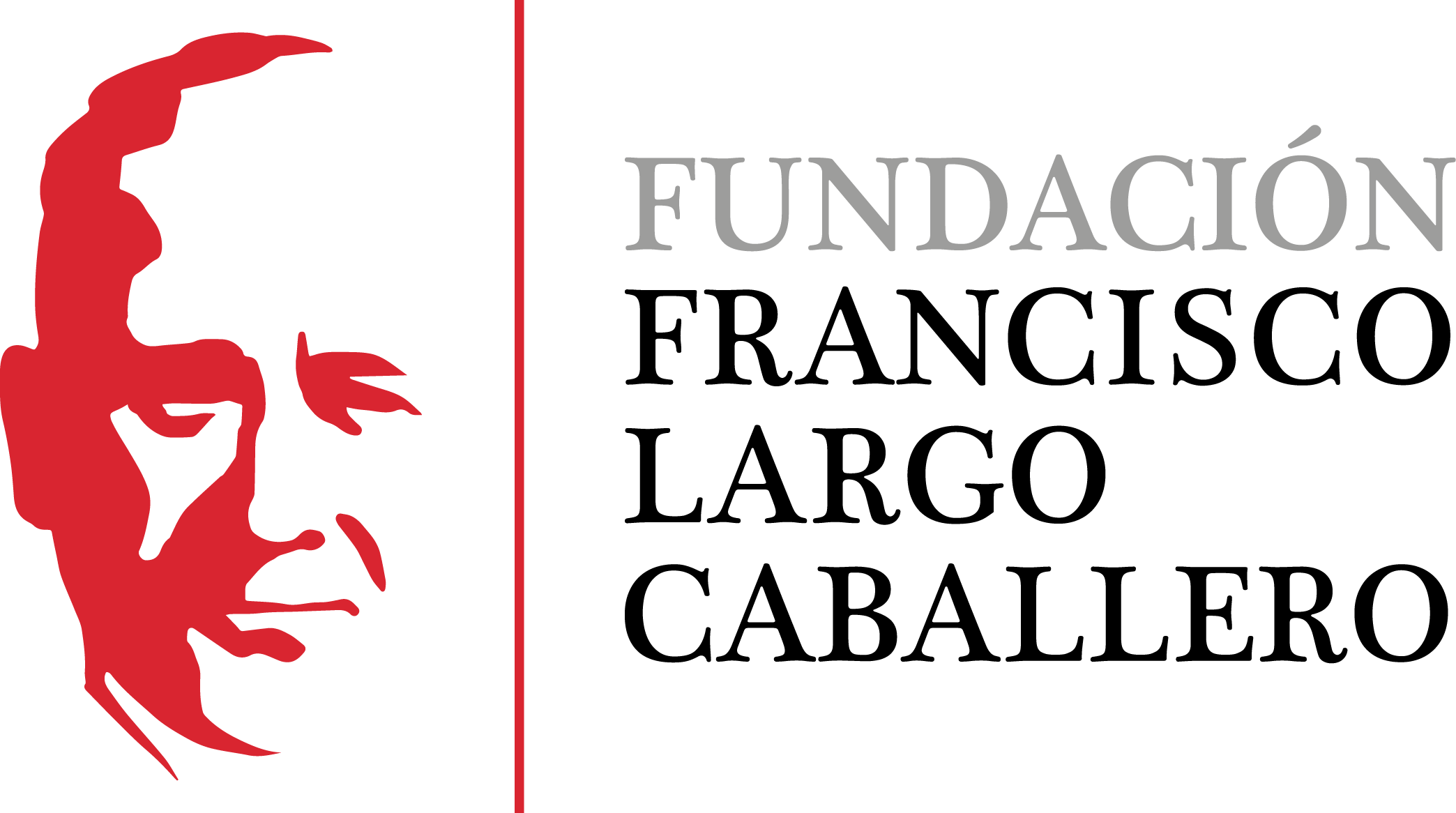"Mutes or change promoting agents?" The activities of the Anglo-American unionism in Spain, 1971-1977
DOI:
https://doi.org/10.69791/rahc.114Keywords:
AFL-CIO, British TUC, Anti-Francoist unionism, Francoist Unionism, CC.OOAbstract
This article aims to examine the attitude of the US trade union confederation, AFL-CIO, and the British Trade Unions (TUC) towards their Spanish counterparts, both the “Vertical” and the anti-Franco ones. The chronological frame goes from the late 60’s to the legalization of the trade unions in 1977. The text aspires to evaluate to what extend the Spanish unions received training, influences or incentives from the Anglo- American forces that contributed to the later transition from a dictatorial union model to a democratic one. UGT receives special attention. An organization whose evolution from lawlessness, and weakness inside Spain, in comparison with CC.OO. to the subsequent leadership was closely related to external factors. We will strive to explain the ins and outs of such relationship by contrasting unpublished documents of American and British archives with Spanish sources.
Downloads
Global Statistics ℹ️
|
57
Views
|
16
Downloads
|
|
73
Total
|
|
Downloads
Published
How to Cite
Issue
Section
License
Copyright (c) 2014 Francisco J. Rodríguez, Haruko Hosoda

This work is licensed under a Creative Commons Attribution 4.0 International License.
Alcores is an open-access journal. It provides unrestricted access to its content from the moment of publication. We respect intellectual property rights, and for this reason, the author retains the copyright. All content is distributed under a Creative Commons Attribution 4.0 International (CC BY 4.0) license. The terms of the license can be consulted at: https://creativecommons.org/licenses/by/4.0/
This license allows sharing (copying and redistributing the material in any medium or format) and adapting (remixing, transforming, and building upon the material for any purpose), provided that authorship and first publication in this journal are properly credited, a link to the license is included, and any changes made are indicated.
This type of license facilitates the freedom of reuse and ensures that the content of this journal can be used to meet research needs.





